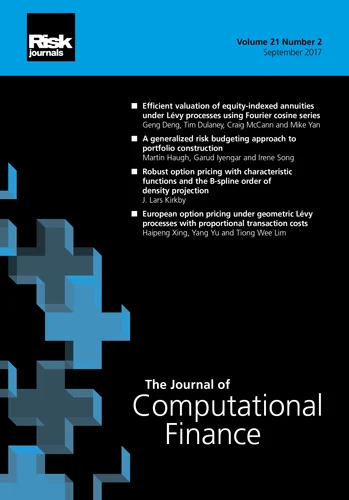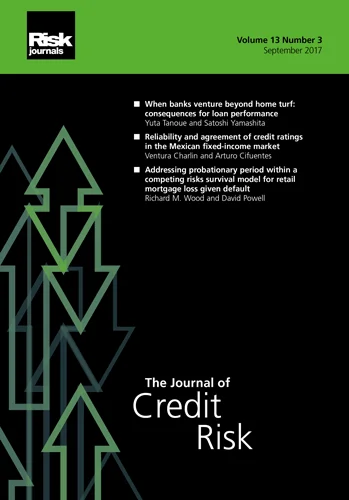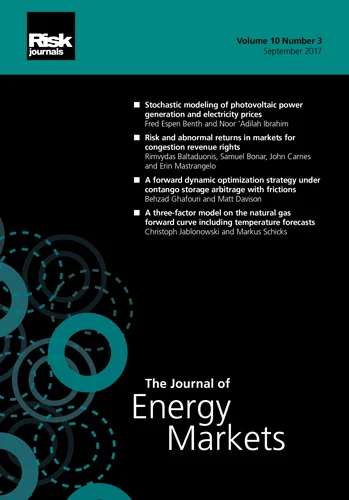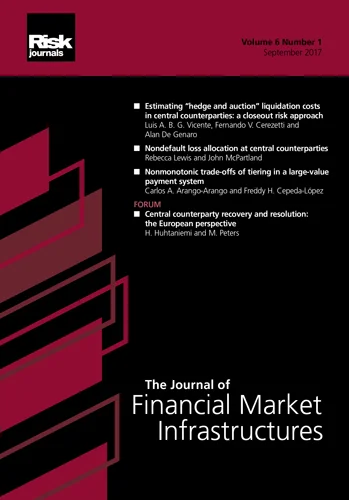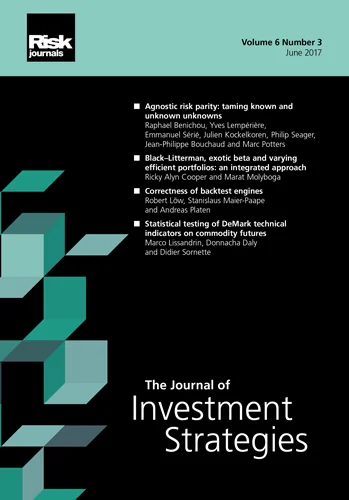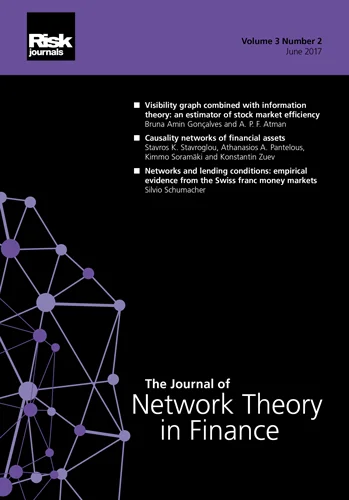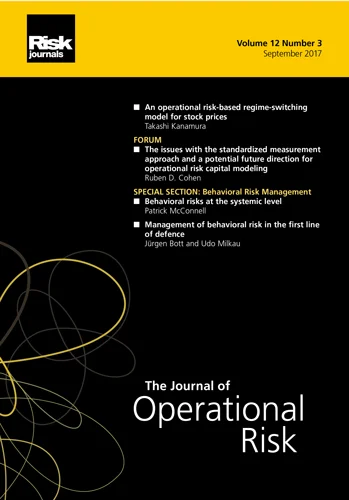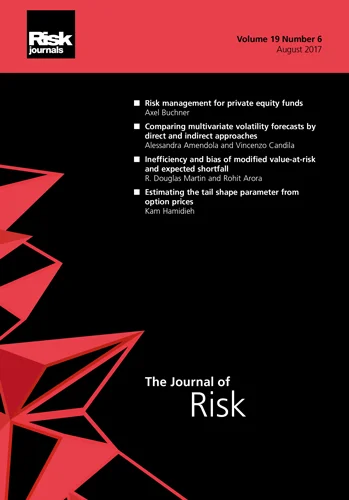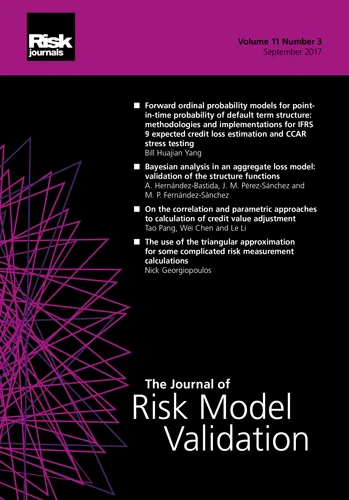Journal of Credit Risk
ISSN:
1744-6619 (print)
1755-9723 (online)
Editor-in-chief: Linda Allen and Jens Hilscher

Sovereign credit risk modeling using machine learning: a novel approach to sovereign credit risk incorporating private sector and sustainability risks
Need to know
- The use of machine learning algorithms, specifically XGBoost in this paper, and the subsequent application of model interpretability techniques of SHAP and LIME significantly improved the predictive and explanatory power of the credit risk models developed in the paper.
- Sovereign credit risk is a function of not just the macroeconomic environment of a country, but also the state of its private sector and its exposure to sustainability risk factors.
- The impact of sustainability risk factors on sovereign credit risk is non-monotonic and highly dependent on country specificities, calling for an integration of sustainability risk factors while accounting for interactions with the economic state of a country.
- Policymakers must think beyond a one-size-fits-all approach to transitioning to a sustainable economy, such that the transition cannot be considered in isolation, and the interactions with the macroeconomic and microeconomic variables at play in a country, as well as human, capital, and natural resource availability, must be considered when deciding to invest in a sustainable economy.
Abstract
Sovereign debt has traditionally been regarded a safe asset class. However, the picture has shifted in the last decade, with a significant increase in the number of sovereign defaults. The drivers of this increase are complex and as yet unexplored, but it is clear that factors other than traditional macroeconomic events are significantly underpinning these economies. Therefore, understanding how the drivers of sovereign credit risk have evolved beyond economic and fiscal issues, as well as the importance of additional drivers in sovereign credit risk assessment, is critical. This paper explains the strength of the effect of spillover effects from private sector risks on sovereign debt risk, as well as the impact of rising sustainability risks on sovereign credit risk and their underlying relationship, using the XGBoost classification algorithm and model interpretability techniques, namely Shapley additive explanations (SHAP) and local interpretable model-agnostic explanations (LIME). First, we discover that private sector risks contribute significantly to sovereign credit risk and that these factors must be considered alongside macroeconomic variables when modeling sovereign credit risk. Further, we find evidence that sustainability risks are financially material to sovereign creditworthiness. The relationship between sustainability risks and sovereign credit risk is complex, follows a nonmonotonic relationship and is highly dependent on country specificities, necessitating the integration of sustainability risk factors while accounting for interactions with the economic state of a country.
Copyright Infopro Digital Limited. All rights reserved.
As outlined in our terms and conditions, https://www.infopro-digital.com/terms-and-conditions/subscriptions/ (point 2.4), printing is limited to a single copy.
If you would like to purchase additional rights please email info@risk.net
Copyright Infopro Digital Limited. All rights reserved.
You may share this content using our article tools. As outlined in our terms and conditions, https://www.infopro-digital.com/terms-and-conditions/subscriptions/ (clause 2.4), an Authorised User may only make one copy of the materials for their own personal use. You must also comply with the restrictions in clause 2.5.
If you would like to purchase additional rights please email info@risk.net
